Autonomous robot dogs are highly advanced machines that are transforming the manufacturing industry. These specialized robotic innovations are being used to tackle complex challenges in production, maintenance, and logistics.
These versatile machines are designed to navigate intricate environments. They replicate the movements of real dogs, utilizing state-of-the-art sensors, cameras, and software, which enables them to perform tasks that require mobility, dexterity, and decision-making in dynamic conditions.
Interface products aid in the development and testing of robotic dogs, providing precise measurements for performance analysis.
By integrating Interface’s advanced force measurement technologies into robot dogs, manufacturers can achieve higher precision and functionality, enhancing the overall performance of their robots.
Types of Interface Products Used in Robotic Dogs
- Load cell force data can help to adjust grip strength, ensuring they apply just the right amount of force without damaging either the item or themselves.
- Load button load cells integrated into the robot’s feet measure ground contact forces, which are crucial for assessing stability and balance.
- Multi-axis sensors capture complex force and torque data during dynamic movements, aiding in locomotion optimization and stress analysis.
- Wireless instruments enable real-time data transmission, facilitating field testing and performance monitoring.
- Mini Load Cells provide data to autonomously adjust their movement and force application when lifting or moving a component.
These technologies collectively contribute to evaluating stability, analyzing movements, assessing performance across terrains, and ensuring the robot’s long-term durability.
Robotics Dogs Use Cases in Manufacturing
Robotic dogs are already being deployed in manufacturing environments for various tasks, including quality monitoring, inventory management, security, and safety checks. The following highlights the use of robotic dogs in various manufacturing functions.
#1 Inspection and Monitoring: By utilizing Interface’s force sensors, robot dogs can be programmed to measure the forces acting on machinery or products, allowing them to detect subtle changes in force or pressure that may indicate potential issues.
#2 Object and Material Handling: Force sensors can be used to accurately measure the amount of force applied by the robot dog when it handles or manipulates objects. This ensures that delicate materials are not damaged and heavy items are handled safely.
#3 Predictive and Routine Maintenance: By integrating load cells and force sensors, robot dogs can collect valuable data that can be used for predictive maintenance. For instance, the sensors can monitor the performance of various machines in the facility, recording changes in force or load that may indicate wear and tear. This data can be analyzed to predict when maintenance is needed, preventing equipment failure and reducing costly downtime.
#4 Security Patrols: Robotic dogs provide continuous, mobile surveillance in diverse environments, enabling them to detect anomalies and navigate challenging terrains, thereby increasing security efficiency. They can patrol hazardous areas, reducing human risk, and are used in military, industrial, and private security settings for persistent monitoring.
#5 Hazardous Environments: Robotic dogs excel in hazardous environments by remotely navigating and inspecting dangerous areas, minimizing human risk. Equipped with sensors and cameras, they collect vital data from facilities, thereby enhancing safety and enabling informed decisions without requiring direct human exposure.
The combination of autonomous robot dogs and Interface’s advanced load cells and force sensors represents a powerful leap forward in the manufacturing industry. As the world continues to move toward more automated and intelligent manufacturing processes, the role of autonomous robot dogs will become increasingly critical, with Interface sensors playing a key role in ensuring precision and reliability.
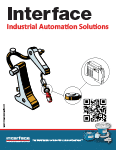
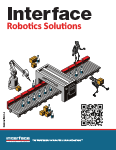

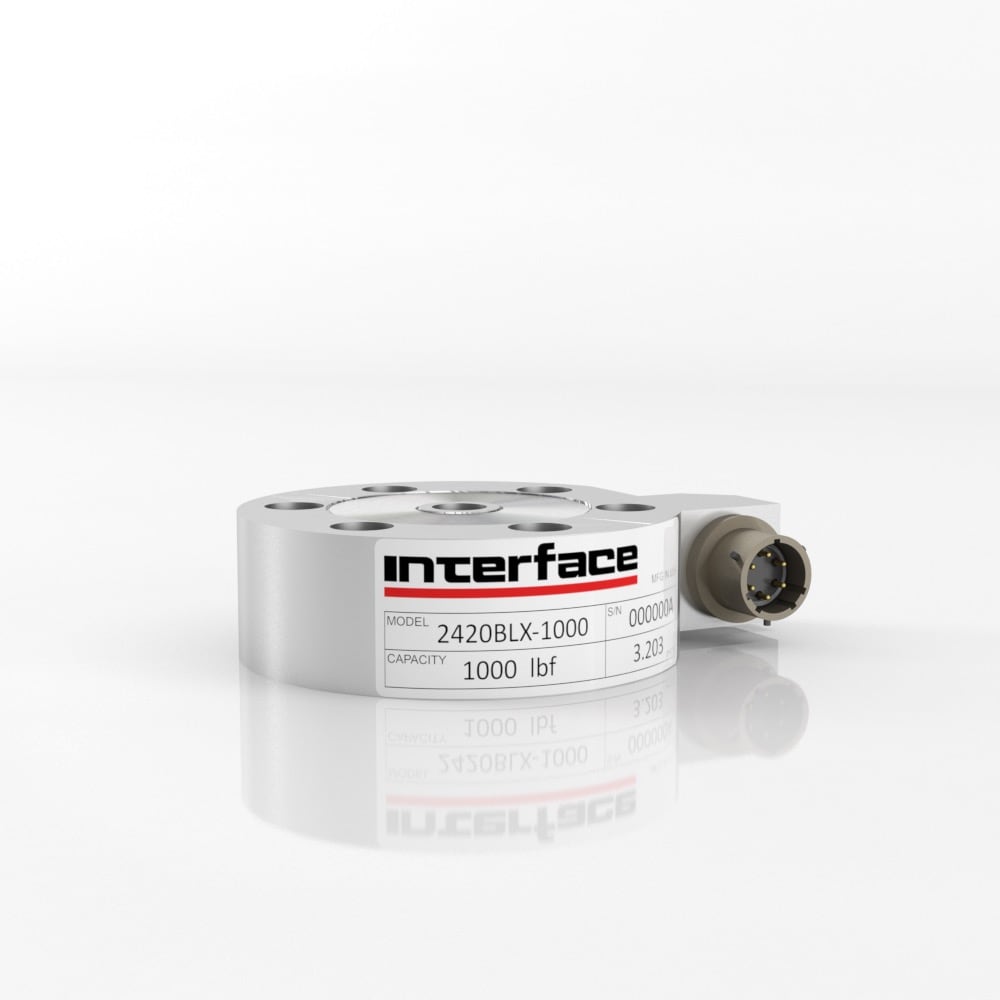

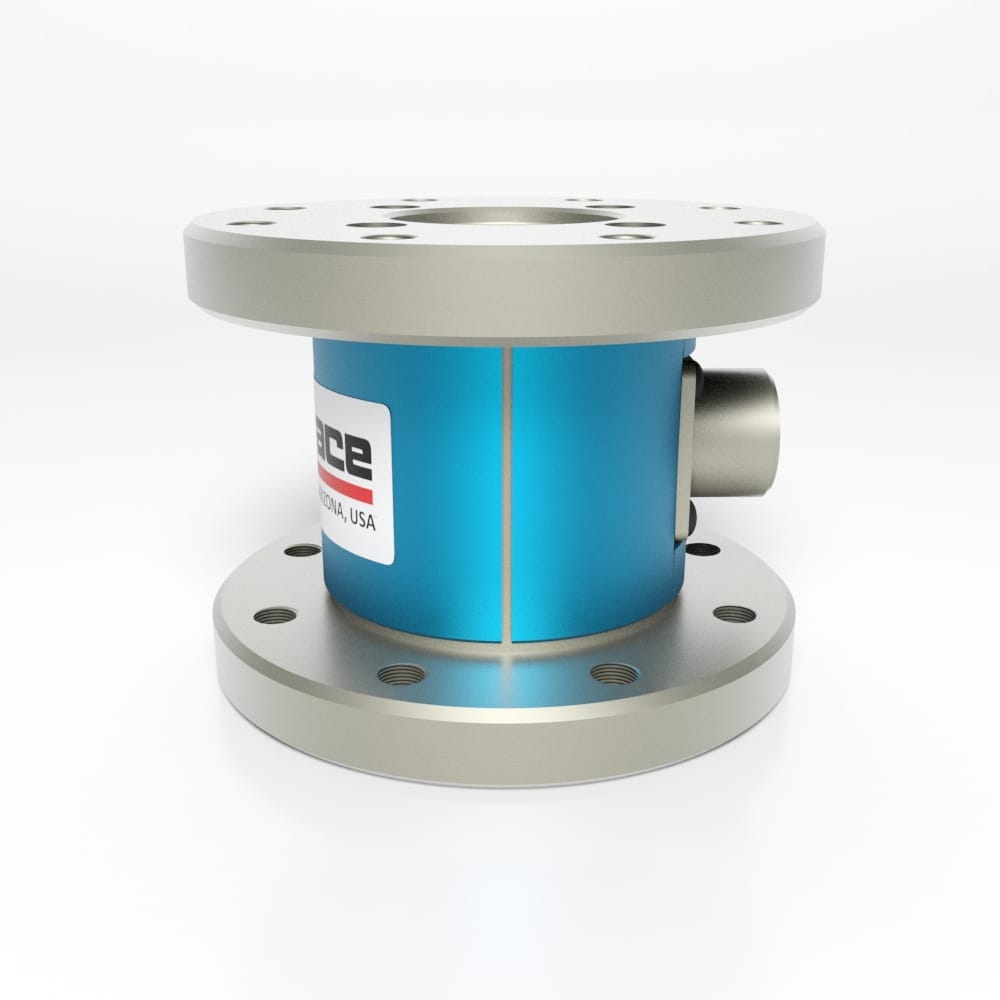



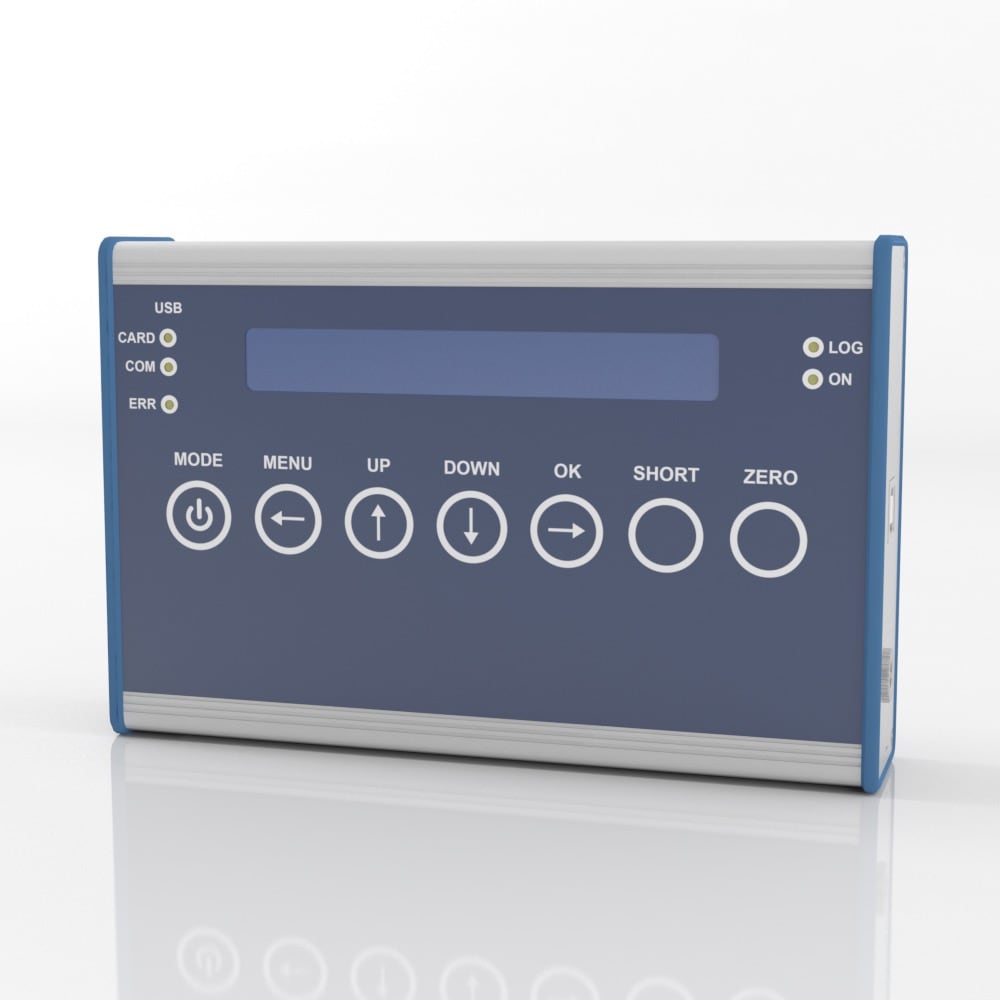
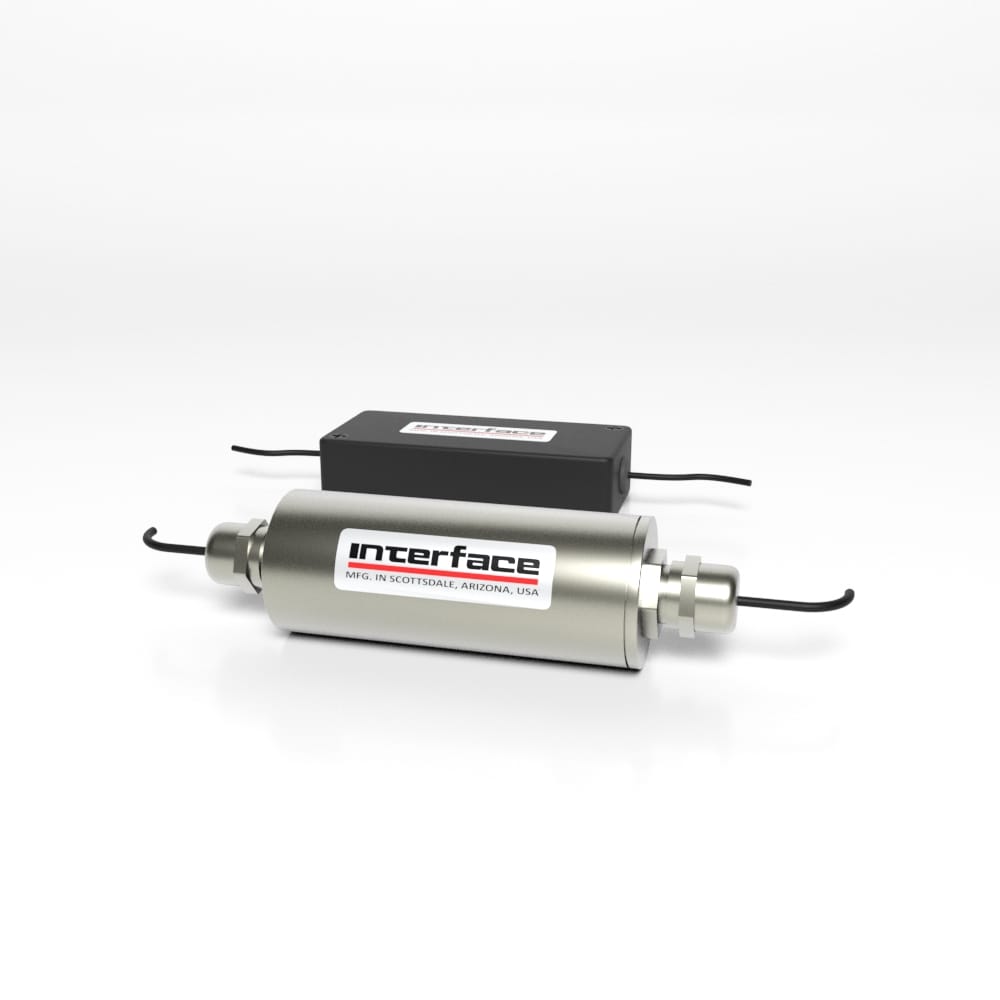
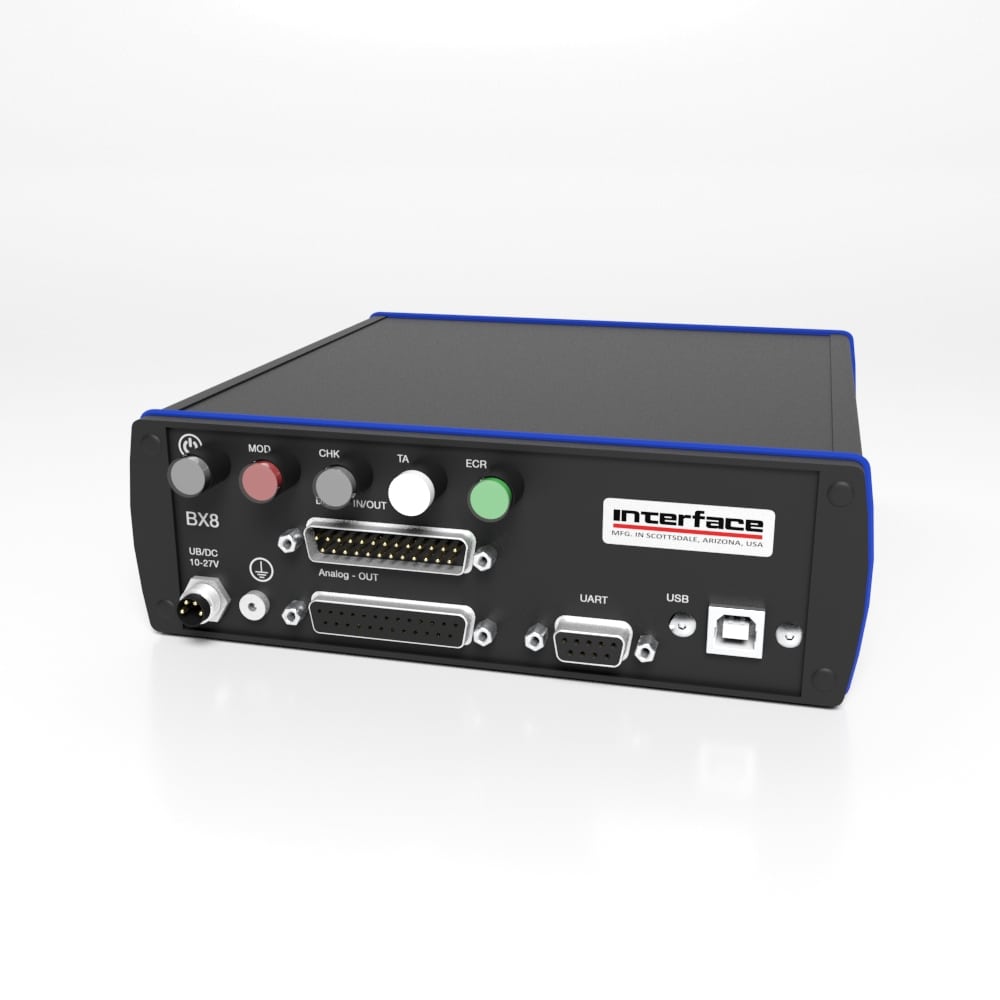


Force Sensors Automate Safety Systems in Industrial Facilities
/in Blog /by Jamie GlassInterface force sensor technologies help modernize industrial facilities by providing valuable data to monitor and improve worker safety. Our load cells, torque transducers, and multi-axis sensors are used for overload protection, quality control systems, lockout and alarm systems, equipment monitoring, robot and cobot safety programs, maintenance alerts, and operator safety guides.
ForceLeaders Summit Houston 2025
/in Trade Show /by Jamie GlassInterface’s new ForceLeaders Summit in Houston, Texas, happens on April 17, 2025. Interface and T&M force measurement solution engineers and experts will share valuable tips and experiences using load cells, torque transducers, multi-axis sensors, and advanced instrumentation. Whether you are a lab technician in the oil and gas industry, doing structural tests, or a product designer of robotics, we’ll have something for you. We’ll highlight sensor solutions for all industries. Register to join the technical conversation. Seating is limited.
Powering Up Precision Machine Building and Automation Webinar
/in Virtual Event /by Jamie GlassInterface’s new webinar explores the world of load cells, torque transducers, multi-axis sensors, wireless technologies, and instrumentation used in machine building and automation. Get engineering tips on the latest advancements in sensor technology, including miniaturization, wireless integration, and the rise of the Industrial Internet of Things (IIoT). Join us to explore building smarter, more responsive machines.
Do You Call it a Thru-hole, Donut, or Load Washer?
/in Blog /by Jamie GlassInterface Thru-Hole Load Cells and Torque Transducers have a center-hole design that makes them versatile, accurate, and compact measurement solutions. Sometimes referred to as donuts, washers, or through holes, they offer high-precision measurements, ensuring reliable data collection for quality control and performance monitoring tasks. Their compact size allows space-saving installation even in tight areas, making them ideal for applications with limited footprints, like robotic systems or custom machinery.
Why Choose a Single Point Impact Cell?
/in Blog /by Jamie GlassInterface Single Point Impact Load Cells (SPI) are sensors that accurately measure the impact force or load exerted on a single point. The Interface SPI and MBI are two models for platform scale single point impact load cells used for materials testing, impact testing, product durability testing, and quality control processes. Learn about the design and use cases for SPI load cells.
Year in Review of Top Interface Solutions and Applications
/in Blog /by Jamie GlassInterface is at the forefront of innovative use cases and applications, providing quality devices worldwide to gather precision measurements. Interface unveils the top industry solutions, product use cases and applications that define force measurement in 2023.
Conveyor Belts Use Load Cells to Keep Things Moving
/in Blog /by Jamie GlassInterface force measurement solutions are used for conveyor belt design, testing, monitoring, and maintenance systems. Load cells can monitor the load distribution across belts on a production line, ensuring balanced operation, alignment, and preventing the overloading of individual components. Sensor-enabled conveyors are critical in construction, mining, manufacturing, logistics, maritime, and agriculture heavy equipment, systems, and machinery.
Examining Machine Builder Applications
/in Blog /by Jamie GlassInterface sensor technologies are used in machines that weigh raw materials, test component designs, and build finished products. Machine builders use Interface load cells for tooling, assembly, press operations, automated guides, and cobot applications. Machine builders turn to Interface force measurement solutions that support Industry 4.0 innovations that enable efficiency and machine advancements.
Interface Sensors Optimize Food Canning and Production
/in Blog /by Jamie GlassInterface provides force measurement sensors and systems for equipment, devices, and machines that produce and package consumable products across various use cases. From harvesting and sorting to processing and packing, force measurements improve quality control, efficiency, and safety in food production and packaging.
Force Measurement Sensors are Essential to Modern Industrial Machinery
/in Blog /by Jamie GlassInterface load cells and multi-axis sensors provide critical measurement data for various machinery designs and functions. Interface instrumentation products are available to amplify, condition, and display the signals from force measurement sensors. The accuracy of force, torque, and weight measurements guide industrial machinery’s design and performance mechanisms.